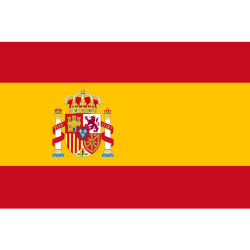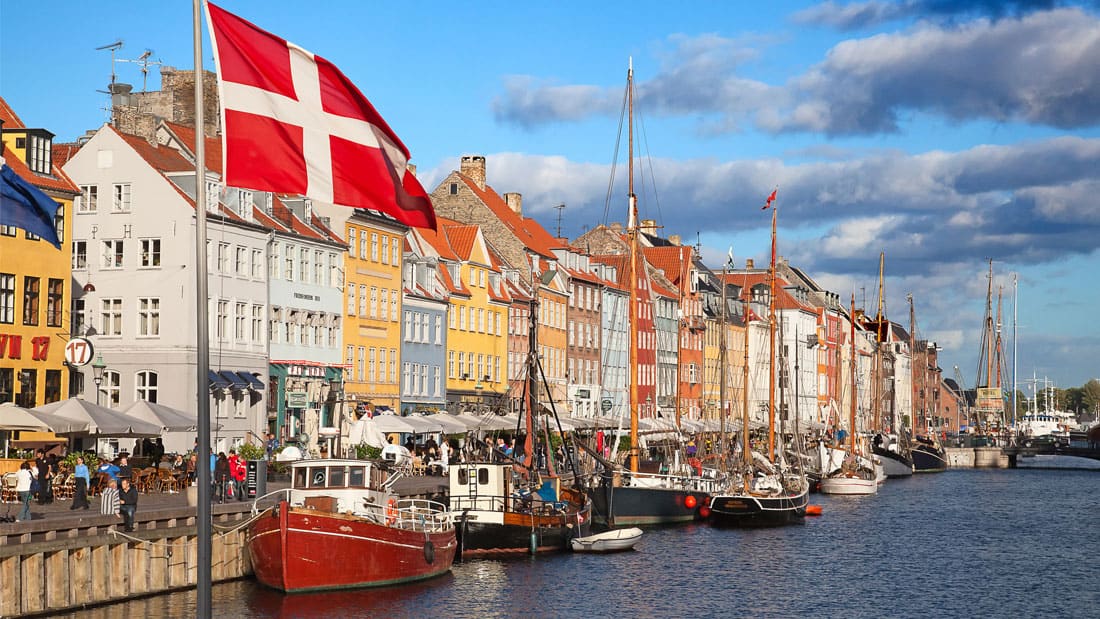Balancing work, family, leisure activities and personal commitments is a constant challenge for many of us. In my house we all either work or go to school and evenings and weekends are filled to the brim with a myriad of sports including; Gaelic football, rugby, hurling, soccer, running, swimming and Pilates to name a few. This means constantly running from work to the next activity and hoping to grab a bite somewhere in between.
Being able to successfully do everything so that every member of our little family (there are only four of us!) gets their activity is a constant challenge. That said, we are some of the lucky ones as I work for a company that values work-life balance and the benefits it brings to their employees so all Softworks employees have flexible working aka. Flexitime.
According to the OECD (The Organisation for Economic Co-operation and Development)
Finding a suitable balance between work and daily living is a challenge that all workers face. The ability to successfully combine work, family commitments and personal life is important for the well-being of all members in a household. An important aspect of work-life balance is the amount of time a person spends at work. Evidence suggests that long work hours may impair personal health, jeopardise safety and increase stress.
The OECD Report on Work-Life Balance ranks its 36 member countries on balancing work and daily living. In their report, Denmark was ranked as the number one country for work-life balance. The key indicators used were the share of employees working long hours (50 hours or more per week), time devoted to leisure, and comparing the scores with respect to gender. Let’s take a closer look at the top five countries for work-life balance and the secret to their success.
1. Denmark

Denmark is the number one country for work-life balance. According to the OECD, an important aspect of work-life balance is the amount of time a person spends at work. Evidence suggests that long work hours may damage personal health, risk safety and increase stress.
In Denmark, only 2% of employees work very long hours, one of the lowest rates in the OECD where the average is 13%. Obviously, if people are working long hours they have less time to spend on other activities, such as time with friends/family or leisure activities.
NO. OF EMPLOYEES WORKING LONG HOURS
DENMARK
OECD
Furthermore, the amount and quality of leisure time is important for people’s overall well-being and can bring additional physical and mental health benefits. In Denmark, full-time workers devote 67% of their day on average, or 16.1 hours, to personal care (eating, sleeping, etc.) and leisure (socialising with friends and family, hobbies, games, computer and television use, etc.). The OECD average is 15 hours.
TIME IN A DAY DEVOTED ON PERSONAL CARE
DENMARK
OECD
Furthermore, policy in Denmark provides extensive financial support to families with young children: public spending on family benefits amounts to just over 4% of GDP, compared to 2.6 % on average across the OECD, and close to 60% of such spending is on family services including childcare.
PUBLIC SPENDING ON FAMILY BENEFITS
% OF GDP
DENMARK
OECD
In Denmark, 37 hours is the standard working week and they have higher female employment rates and better gender equality within the labour market. Gender employment gaps and gender payment gaps are among the lowest among the OECD and all of this has led to the Danes being satisfied with both their working and personal lives.
2. Spain

In Spain, workers have as much personal time as their Danish counterparts however a higher proportion of them stay late at work. According to the OECD, Spanish workers give 16.1 hours, or 67% of their day, to personal and leisure activities however 8% still work very long hours.
TIME FOR PERSONAL CARE per day
WORK LONG HOURS
Spain also has one of the lowest fertility rates in Europe and a poor (but getting better) record of female employment, meaning for all that free time, Spaniards haven’t yet managed to successfully combine work and family life to the extent of the Danes. Female rates of fertility have deteriorated for two decades, among the lowest in the OECD at 1.3 children per woman.
It would appear that both men and women have worked to establish their careers before considering childbirth. This has seen a rise in female employment to 51 %, a move in the right direction, but still falling short of the OECD average of 57.5 %.
3. Netherlands

In the Netherlands, workers have no interest in long hours. Only 0.5% of workers work very long hours however surprisingly this for some reason does not convert to more leisure time. Dutch workers spend on average 15.4 hours a day on themselves and their families, ranking them 5th among member states.
TIME FOR PERSONAL CARE per day
WORK LONG HOURS
However, in the Netherlands, high levels of gender equality mean men and women share work responsibilities and families are helped by generous state benefits. High literacy levels, low youth unemployment as well as a 93 % above average life satisfaction of 11-15-year-olds, coupled with high fertility rates and low unemployment all lead to a very happy country.
4. Belgium

Next up is Belgium, where 5% of employees work very long hours, less than the OECD average of 13%. Overall, more men work very long hours; in Belgium, 7% of men work very long hours, compared with 2% of women.
MEN WORKING LONG HOURS
WOMEN WORKING LONG HOURS
Workers in Belgium benefit from successful flexible working programs and a high level of personal time devoted to friends and family. The Belgian Federal Public Service for Social Security has questioned conventional ways of working and this has resulted in them being named as the best employer.
Their objective is to find talented people, to retain the right people and to make workers happy. The organisation lets people be in charge of their own life; it does not matter anymore when, where and how they work. Only results are important and evaluated.
These new policies have led to a 30% reduction in office space resulting in a saving of 6 million euros per year along with a 55% reduction in the use of paper for printing, and a 60% reduction in office furniture expenditure.
5. Norway

In Norway, 3% of employees work very long hours, again much less than the OECD average of 13% with men working longer hours than women. 4% of men work very long hours, compared with 1% for women.
MEN WORKING LONG HOURS
WOMEN WORKING LONG HOURS
Full-time workers devote 65% of their day on average, or 15.6 hours, to personal care and leisure just over the OECD average of 15 hours. In Norway, men devote approximately 15 hours per day to personal care and leisure, and women 16 hours per day.
TIME IN A DAY DEVOTED TO PERSONAL CARE
Other countries that made the top ten were ranked in the following order:
6. Sweden
7. Germany
8. Russian Federation
9. Ireland
10. Luxembourg
Out of the 36 countries evaluated, The United Kingdom was ranked number 23, Canada 24, USA 29 and Australia 30. Turkey was ranked worst coming in at number 36 and is by far the country with the highest proportion of people working very long hours, with close to 41%. If you would like to find out more you can view the OECD’s Better Life Index for 2015 via this link








